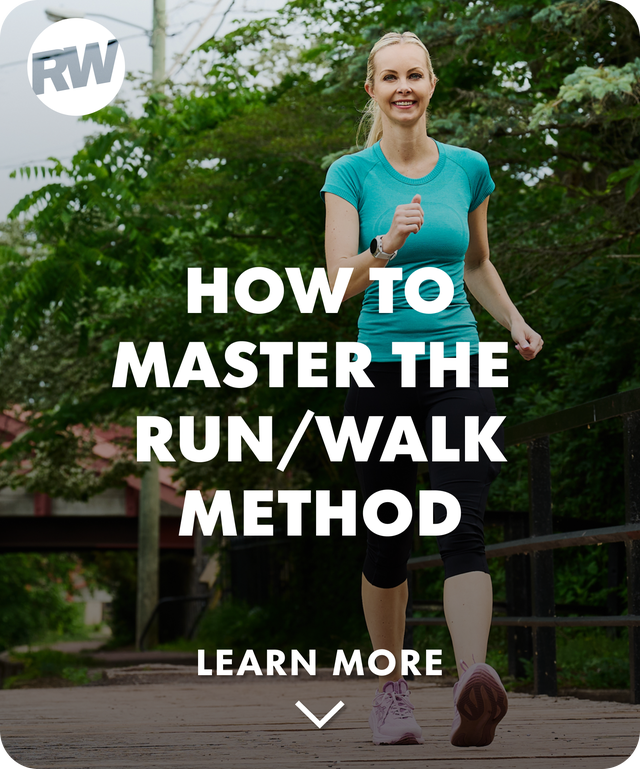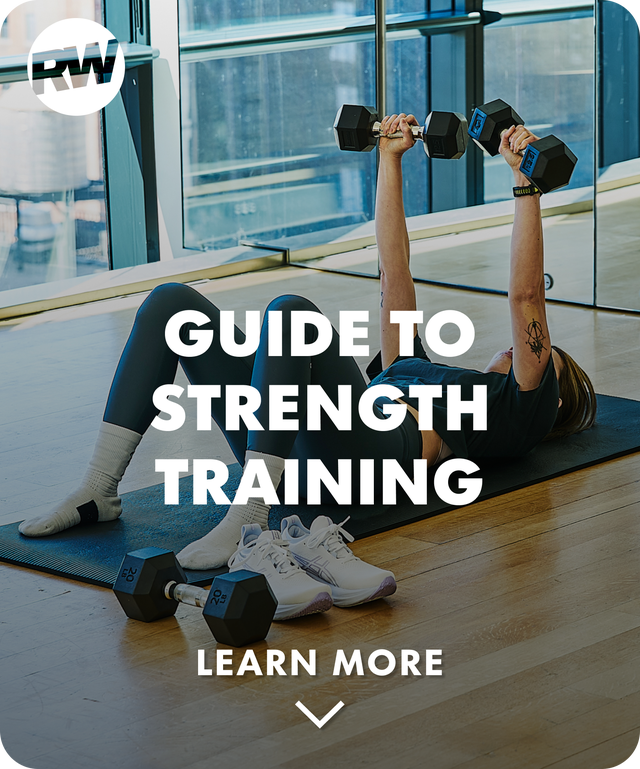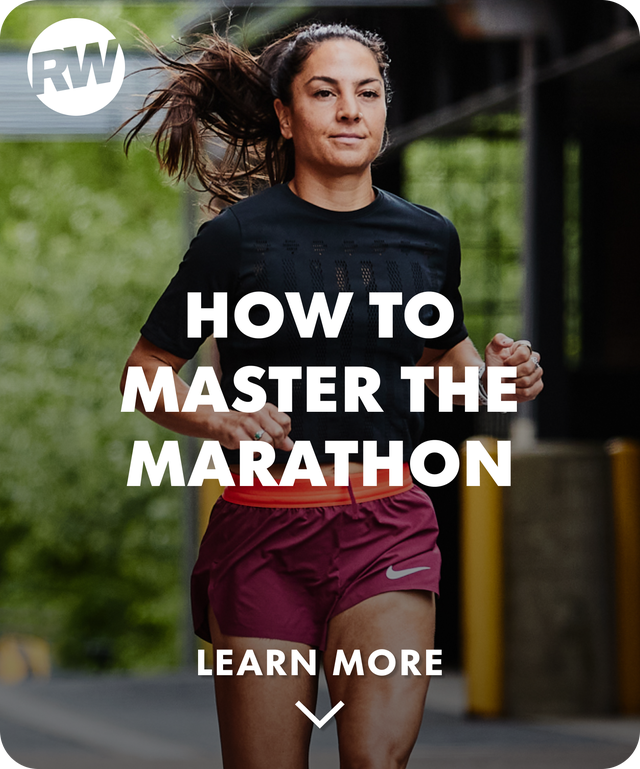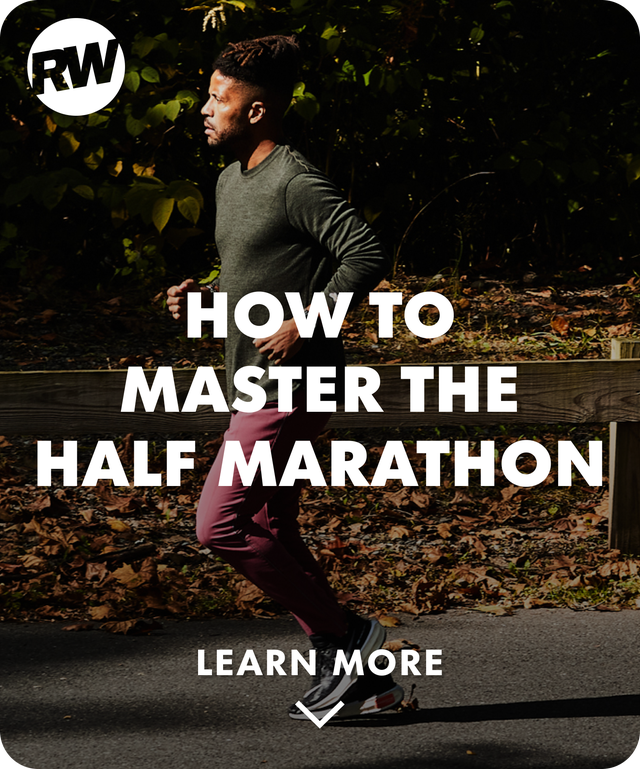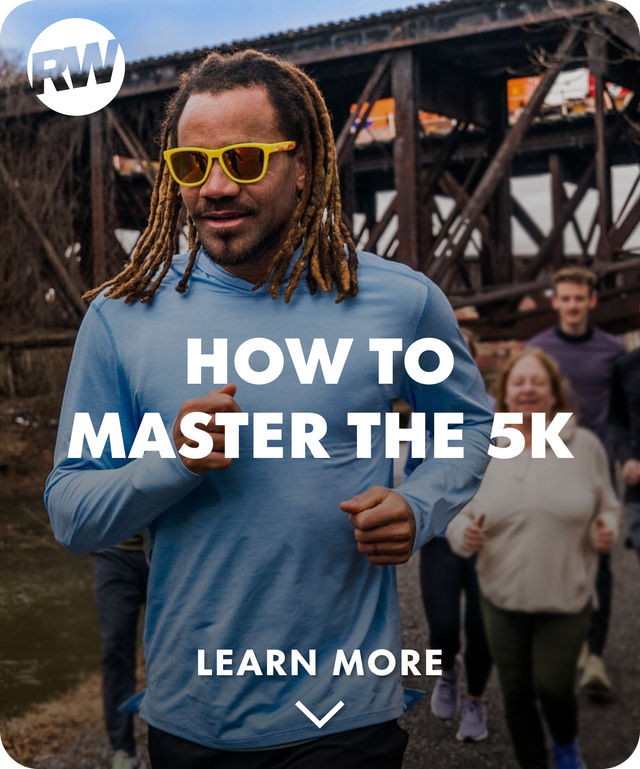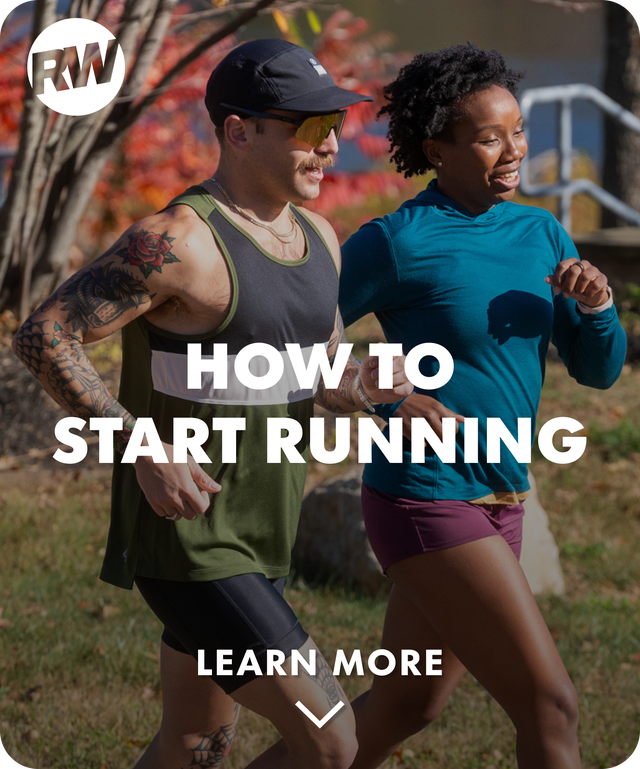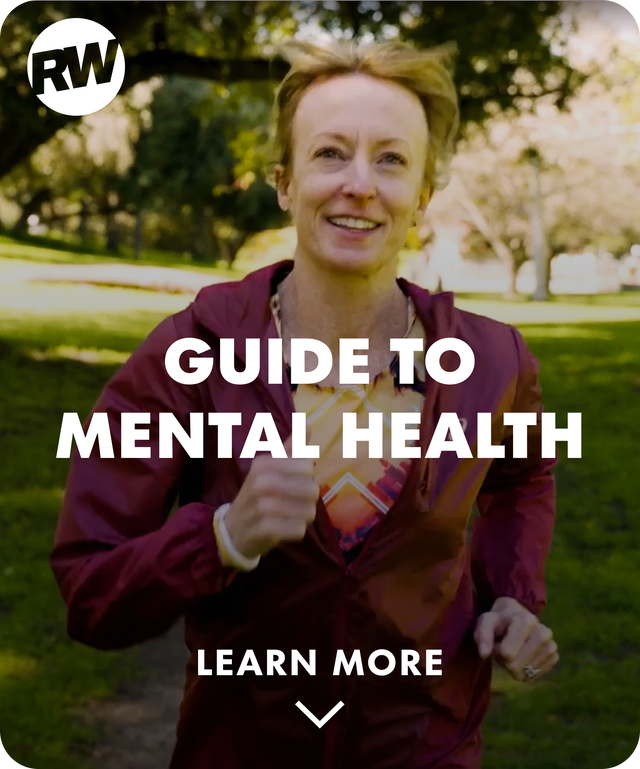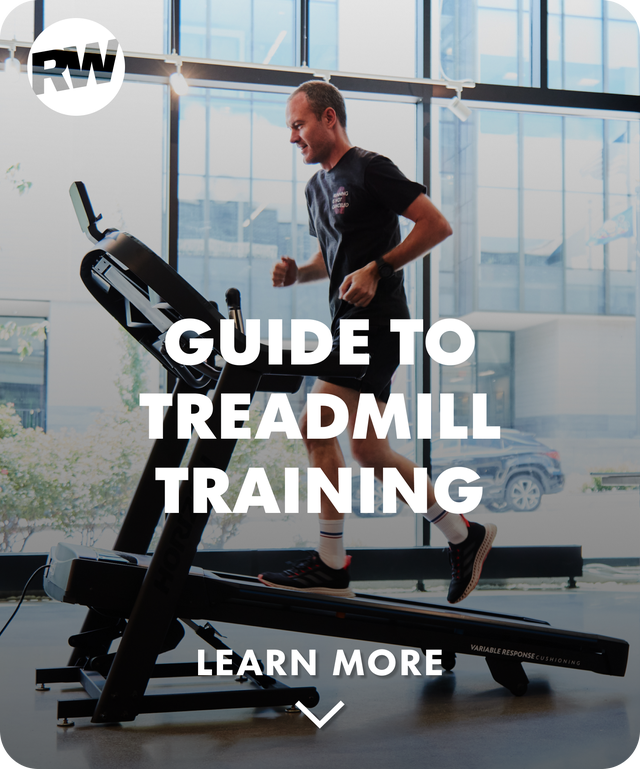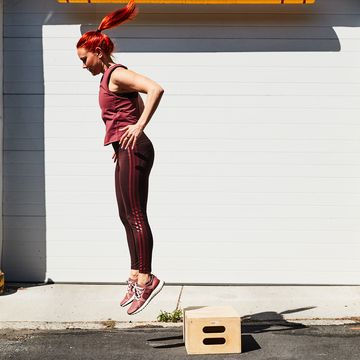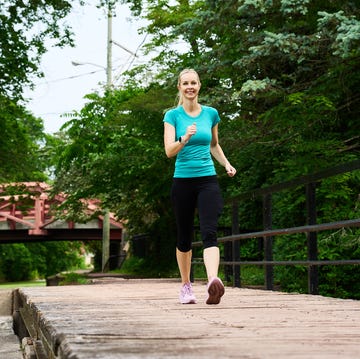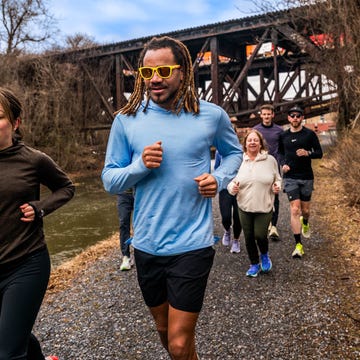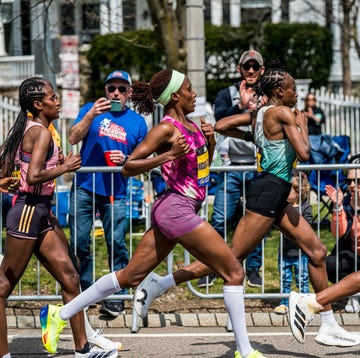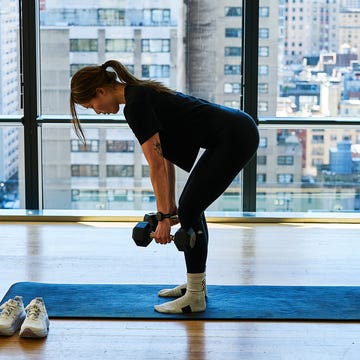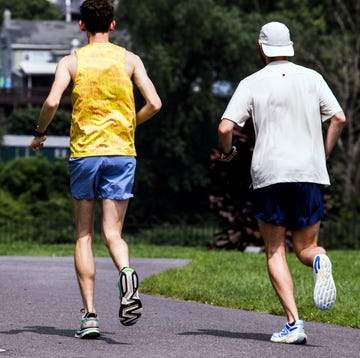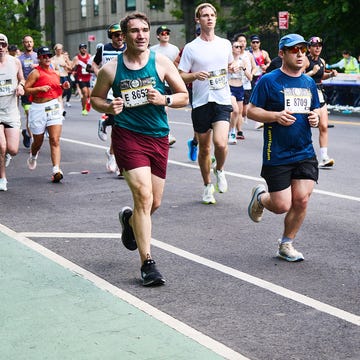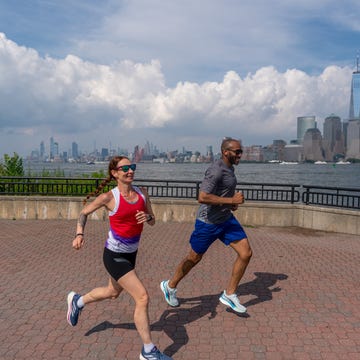Elite-level runners make racing anywhere from 5K to a marathon look like a jog in the park, so no wonder Runner’s World readers have wanted to unlock their secrets to success with our story on the science behind pro runners’ efficient mechanics.
That includes myself; I’ve watched some of the world’s best athletes compete in World Marathon Majors and championship track meets and always wondered how they make it look so easy.
Come to find out, while top distance athletes certainly have motors for aerobic systems and the ability to kick to the finish line, much of their power comes from the soleus, a.k.a. the calf muscle.
When I'm running, I don't typically think about how my lower legs are moving. But as I learned from our story on the science behind pros' mechanics, calves contribute immensely to pushing you forward as you run. “The biggest contributors to upward and forward propulsive force are the gastrocnemius and the soleus—the calf muscles,” Scott Delp, professor of bioengineering, mechanical engineering, and orthopedic surgery at Stanford University and director of the Wu Tsai Human Performance Alliance, recently told Runner’s World.
And for those fascinated by exercise science like I am, you'll find this further discovery about runners' calves compelling. Researchers compared collegiate runners to everyday runners in a 2023 study, finding that the college athletes created more of their running power from their ankles than the recreational runners.
So while the pros generate a lot of power in the ankles and calves, most runners typically put more of the load on their quads, Delp explained to Runner’s World. I've certainly observed that in my own running—my quads, glutes, and hips feel more sore after a hard workout or long run than my calves. “When you generate ground reaction forces with your quads, it generates the vertical force you need to bounce off the ground, but you also get a horizontal force that’s directed backward, which causes deceleration,” Delp said. “And you don’t want to be putting the brakes on an accelerator.”
I don’t have the chops to run as fast as the pros, but I can make conscious efforts to fine-tune my mechanics and improve my calf strength. Because let me be real with everyone–it’s probably been months since I did calf-targeted lifts in the gym. So to make improvements to my form, I plan on implementing one simple exercise into my strength routine: calf raises.
As explained by our strength experts, calf raises train your body to become less quad-dominant and rely more on explosion from your lower legs. Plus, calf strength training can address pains and weaknesses like shin splints to keep you feeling healthy and resilient on the run.
Adding calf raises can be as simple as standing on a box with your heels hanging off the edge and raising up on your toes. That's how I've typically completed them. But little did I know that there’s also plenty of calf raise variations to make your lower body strength routine more dynamic. We have strength training plans that show you how to change up your calf raises by adding dumbbells, make them single-leg raises, and even bend your knees to work your muscles in different ways.
If you’re inspired by the pros to improve your mechanics like I am–or if you simply just want to become a more efficient runner–you can add calf raises to your strength routine, too. And if you’re looking for more ways to build power, our Runner’s World+ member-exclusive Guide to Strength Training program can help you add not just lower-body work into your training schedule, but also upper-body, core, plyometric, and total-body strength exercises. The program also includes six follow-along workouts you can utilize to approach strength training with confidence and consistency.
For those looking to conquer race day goals like the professionals, check out our programs aimed at helping you cross your next finish line, whether it’s a marathon finish or the tape at a 5K.

Ashley is Editor of Content Hype at Hearst’s Enthusiast & Wellness Group. She is a former collegiate runner at UNC Asheville where she studied mass communication. Ashley loves all things running; she has raced two marathons, plus has covered some of the sport’s top events in her career, including the Paris Olympics, U.S. Olympic Trials and multiple World Marathon Majors.

